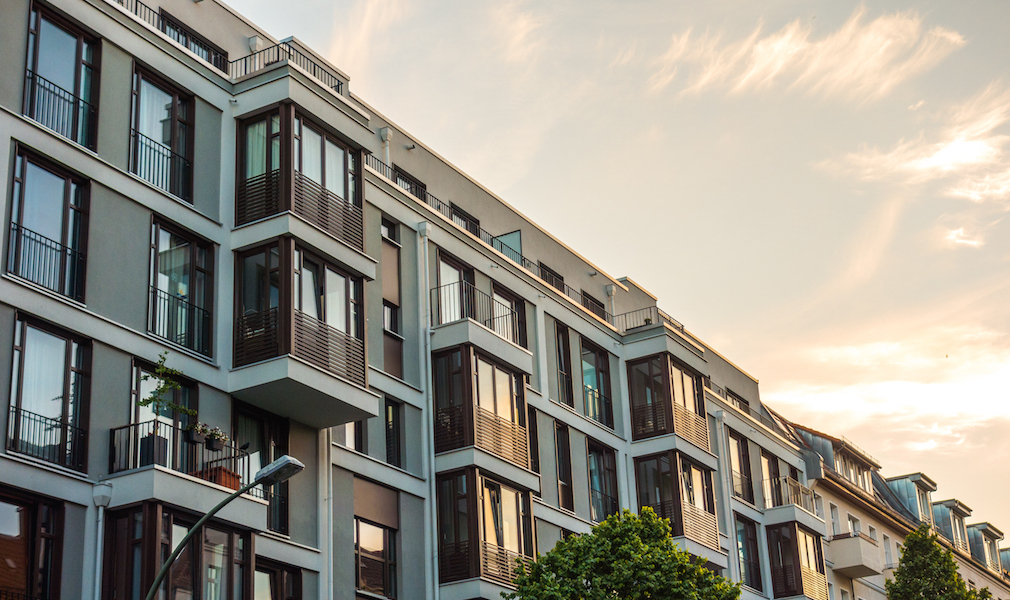The affordability is not as acute as mainstream thought indicates, according to an article by software service provider RealPage.
Chief Economist Greg Willet says that though it is true that rents have risen quickly (nearly 30% since 2010), to say the issue with affordability is because of rent growth in market-rate apartments alone is an incorrect assessment of the issue.
Often, affordability concerns are based on income numbers in publicly available datasets. Applying this broad, imprecise income data to gauge the health of a high-performing market segment [market-rate apartments] greatly skews the picture. Data exclusive to the market-rate apartment sector shows affordability issues are vastly overstated.–Greg Willet
On average, market-rate apartment renters are spending 23% of their income on rent, according to Willet. This is below the generally accepted threshold of 30% where a resident is considered rent burdened.
Instead of blaming rent growth, Willet says the finger should be pointed at the dearth of income restricted rental units.
The problem isn’t rent growth in market-rate apartments. It’s in the lack of income-restricted rental units for low-income households. Indeed, the Harvard Joint Center for Housing Studies found in its 2017 annual report that only 35 units of federally subsidized housing were available for every 100 households that earn 30% or less of area median incomes. One way to help reduce the shortage of designated affordable housing is to include a certain amount of income-restricted units in otherwise market-rate apartment developments. Some U.S. municipalities are exploring requirements that new market-rate developments would include a certain number of designated affordable units.–Greg Willet
This concept is also known as inclusionary housing or inclusionary zoning, and it is one of the more common methods at play in the fight to make affordable housing available to more people.





